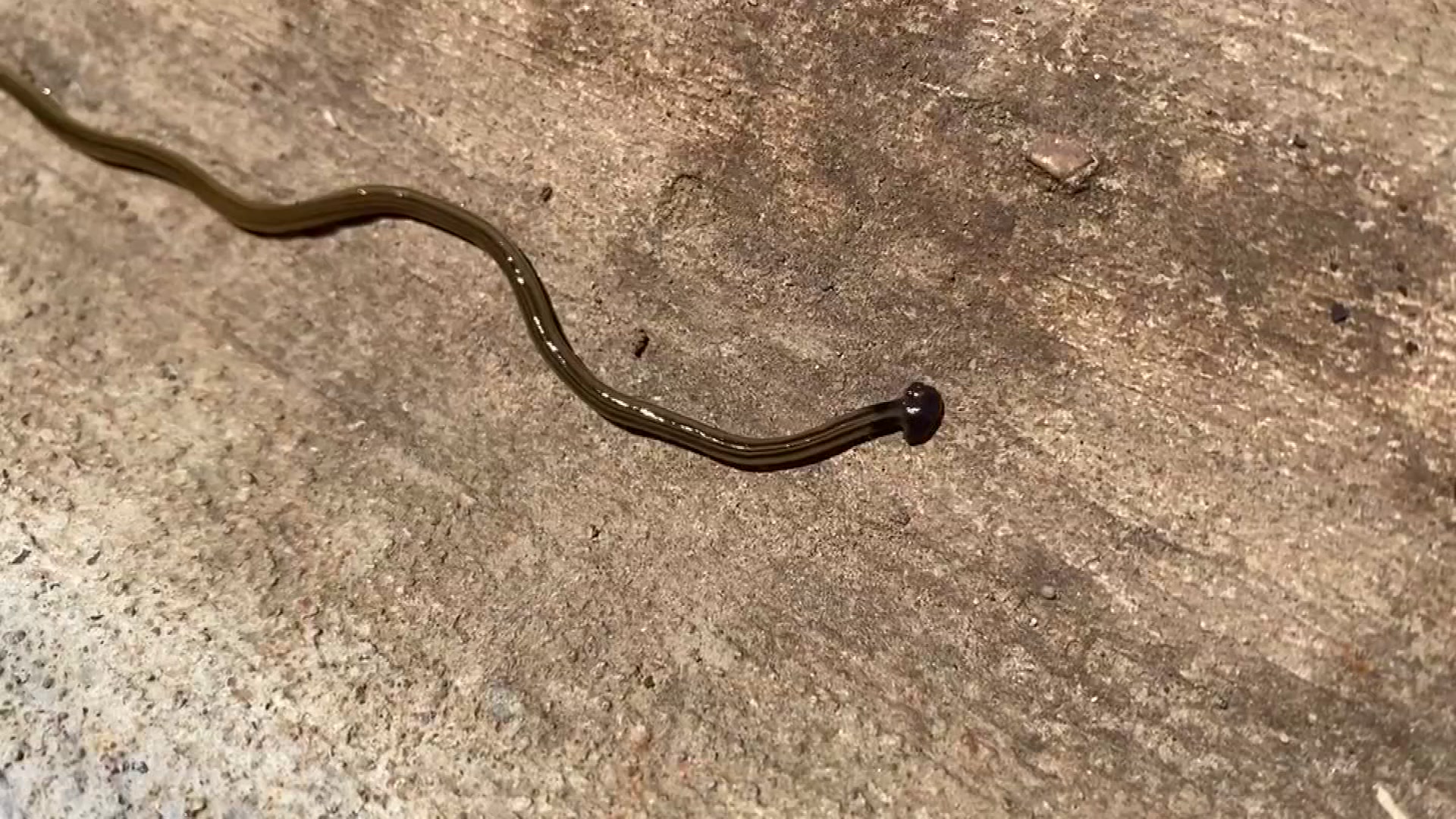

If you see one, be sure to dispose of the whole creature. Within about 10 days, the head begins to form.

At least in temperate regions, reproduction seems to be primarily achieved through fragmentation: a small rear portion of the worm will pinch off, and "stay behind" as the worm moves forward. However, sexual reproduction has not been observed. Like all Bipalium, that have been studied, the hammerhead flatworm is hermaphroditic. All of these reasons are why we encourage safe practices and disposal. Furthermore, many flatworms can carry parasitic nematodes within them. These chemicals can cause skin irritation on humans if they hold the flatworm, and domestic mammals if they consume the flatworm.

Bipalium species secrete chemicals through their skin to make themselves noxious to predators, and aid in the digestion of earthworms. Known predator of earthworms that are necessary for the health of our forests, crops, gardens and compost piles. The body is "snake-like" being up to 15 inches long (usually 8-12 inches) and very narrow. It is typically light/honey colored, with 1 to 5 dark dorsal stripes (median stripes are thin), and a dark collar that is incomplete in this species (complete dark collar could be B. Bipalium kewense is a terrestrial flatworm with a half-moon shaped head. The common name fore this pest is very accurate as the head is shaped like a hammerhead shark, but rounded.


 0 kommentar(er)
0 kommentar(er)
